Month: May 2021
-
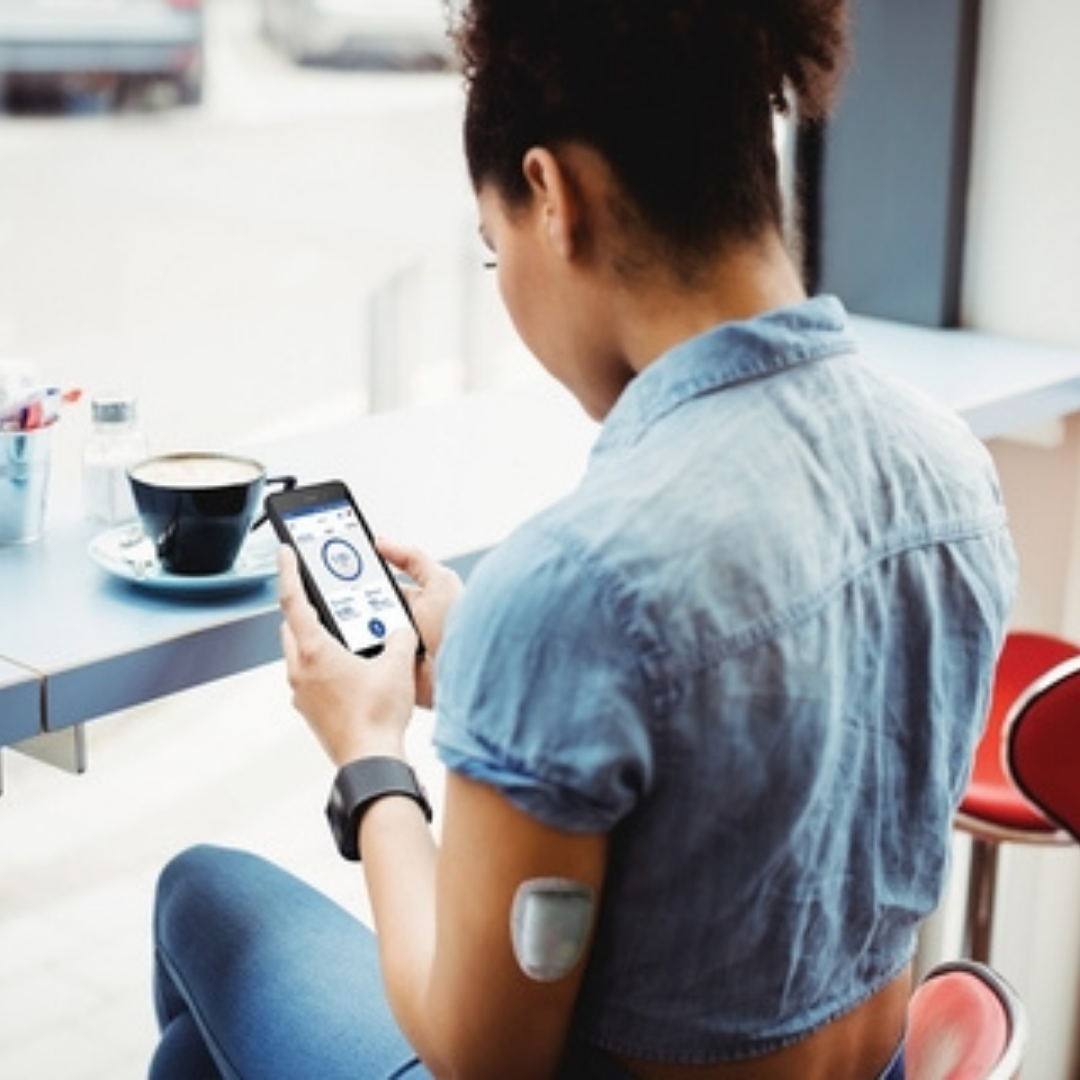
Effectively Managing Type 1 Diabetes with Loop Technology
The diabetes community is vital. Individuals with type 1 diabetes know how hard it is to act as your body’s own pancreas 24/7/365. Advances in technology such as continuous glucose […]
-

COVID-19 May Trigger Pancreatic Beta-Cell Destruction
Pancreatic beta-cells play an important role in producing, distributing, and regulating insulin throughout the body. When these cells become damaged or are destroyed, it can lead to the development of […]
-

Breakthrough Therapy Status Granted for Type 1 Diabetes Adjunctive Therapy
Effectively managing blood glucose levels can be challenging for individuals with type 1 diabetes. Everyone’s body responds differently to various therapeutic treatments; what works well for one person may not […]
-
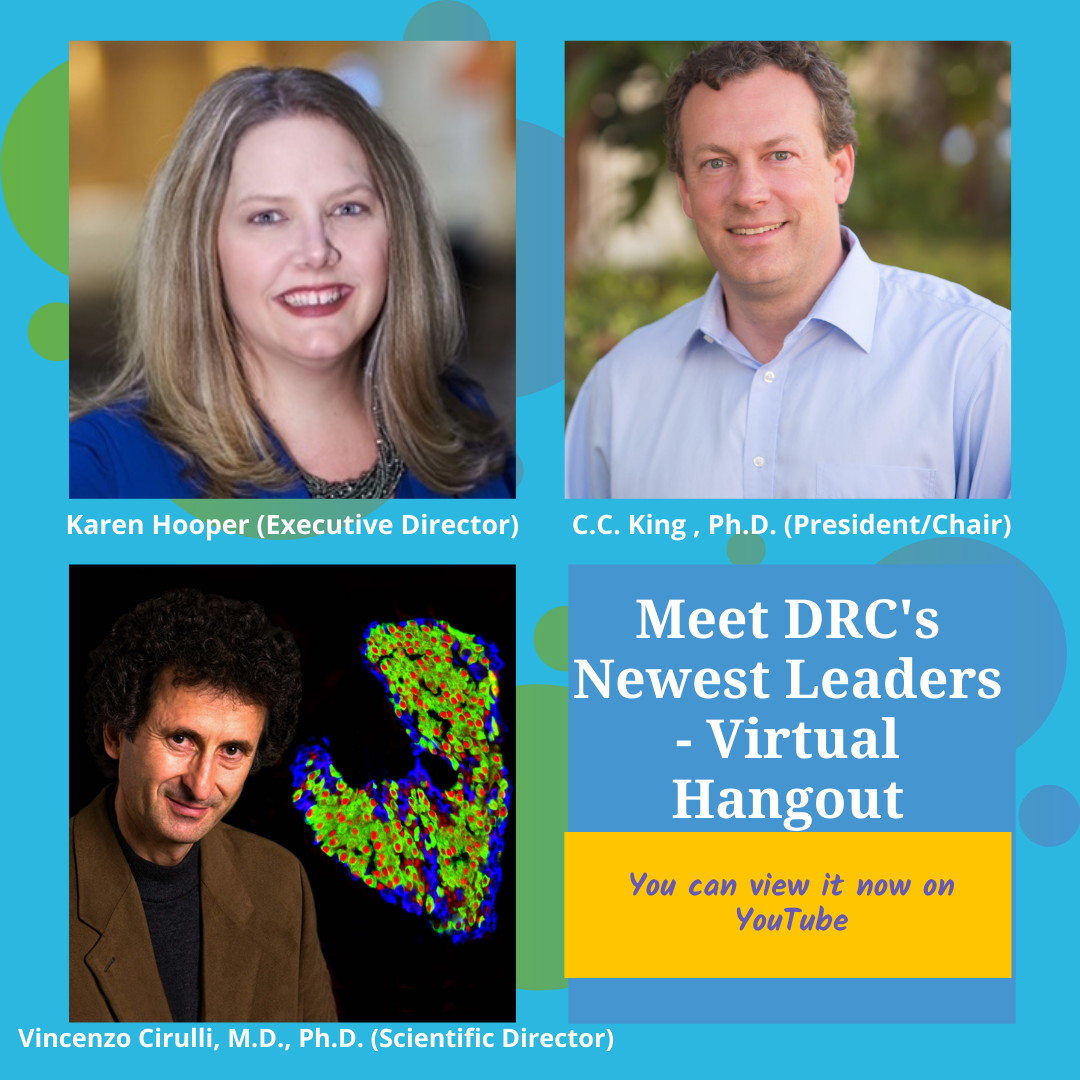
Meet DRC’s Newest Leaders – A Virtual Hangout
Meet DRC’s Newest Leaders – A Virtual Hangout Introduction The DRC and its New Leaders Hello there, ever heard of the Democratic Republic of Congo (DRC)? A nation brimming with […]
-
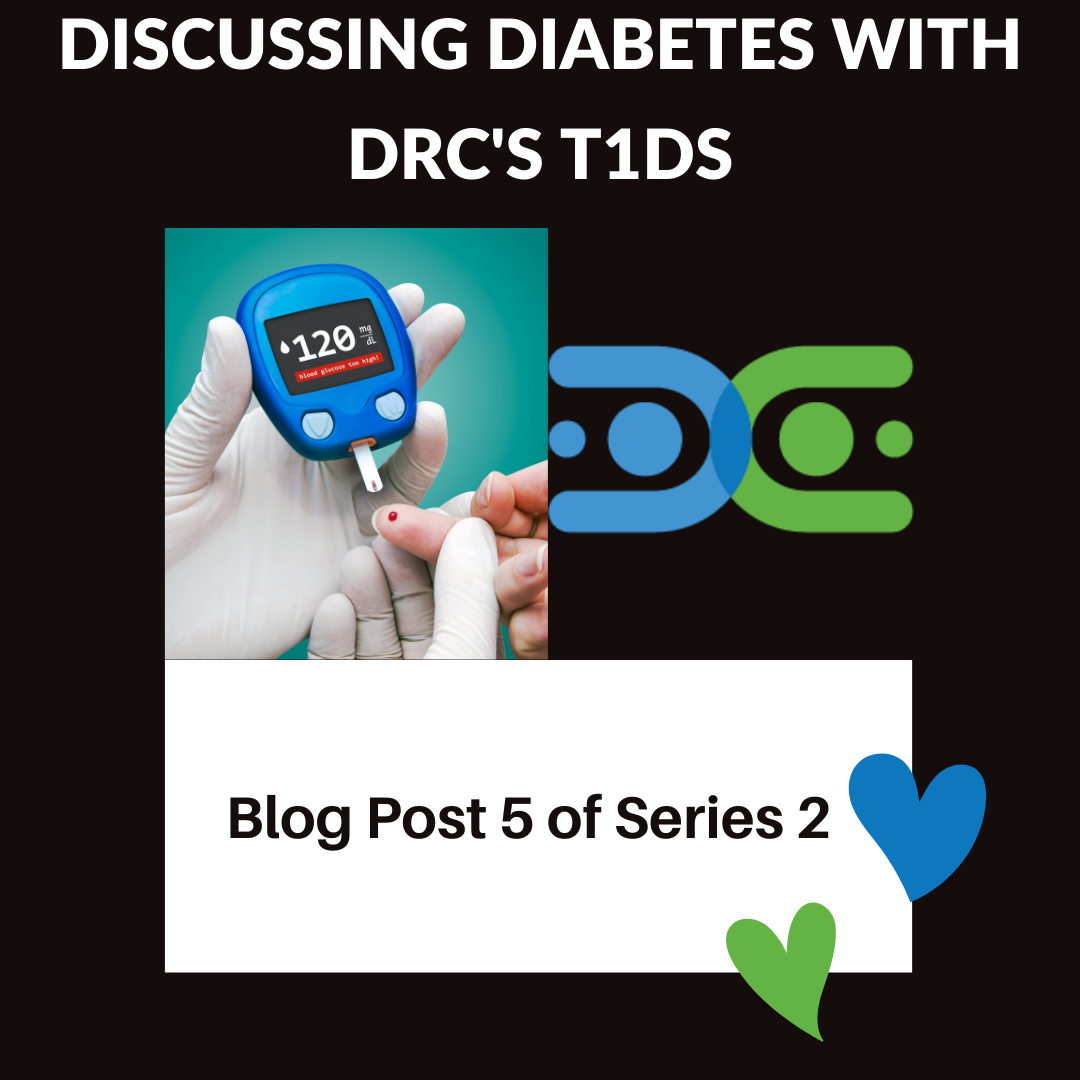
Discussing Diabetes with DRC’s T1Ds: Blog Post 5 of Series 2
When I tell peers I have type 1 diabetes, they usually ask me if it’s curable. No, not yet, I reply. The next typical comment from my peers is “but […]
-
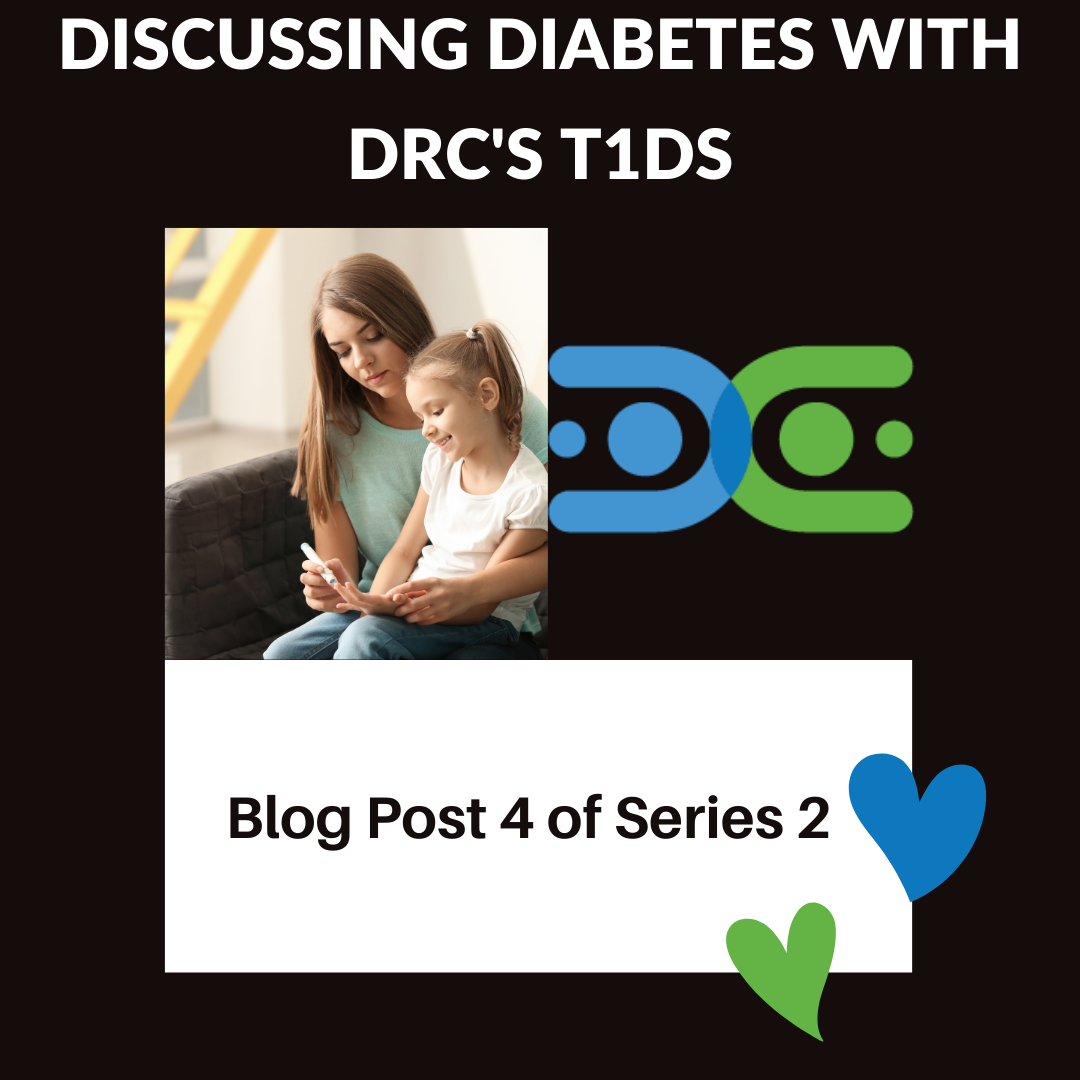
Discussing Diabetes with DRC’s T1Ds: Blog Post 4 of Series 2
When I started researching articles to reference when I wrote this blog, I realized a lack of anecdotal/experiential information regarding a T1D’s background with how their parents coped/managed this new […]
-
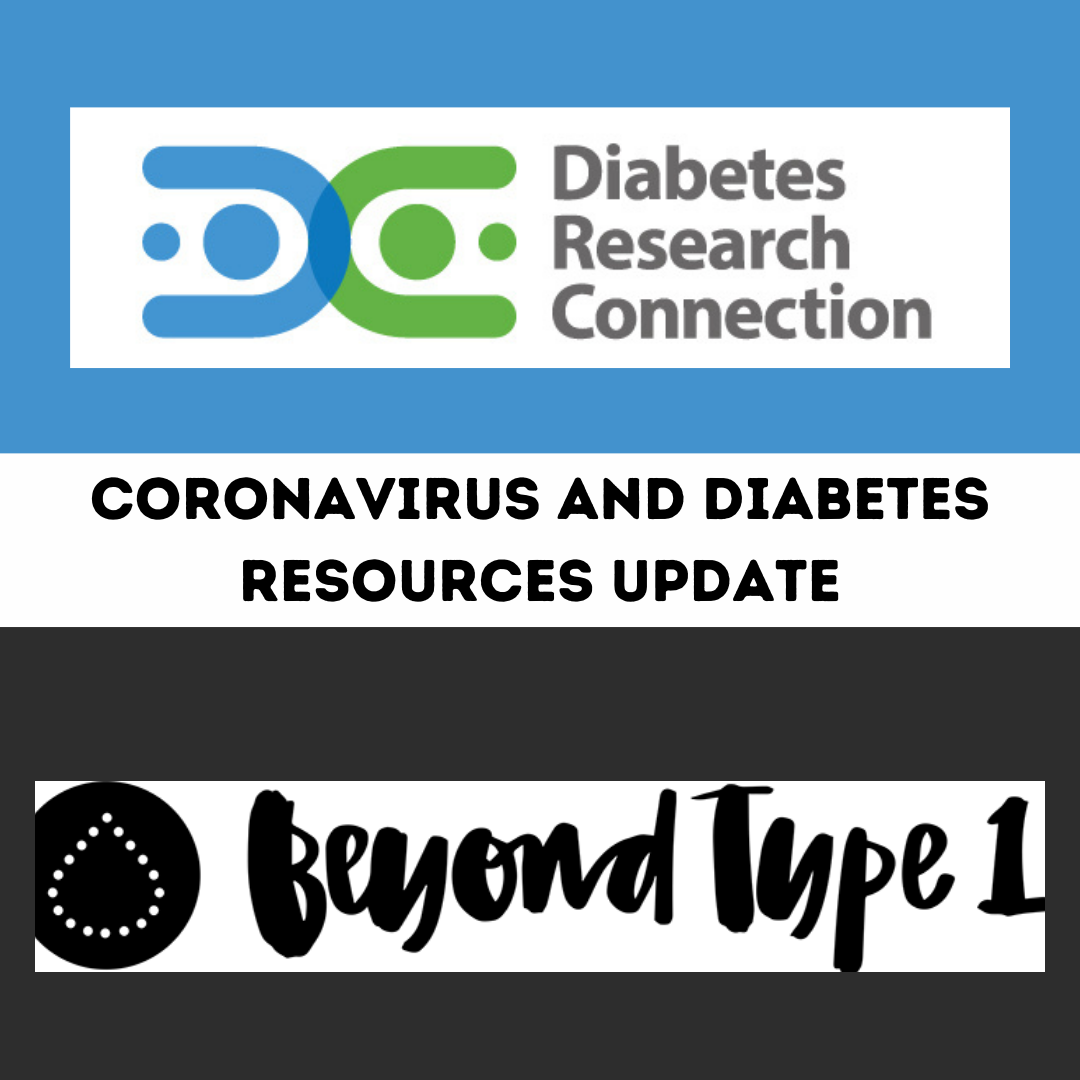
Coronavirus and Diabetes Resources: Community Partner with Beyond Type 1 UPDATE
Introduction Here’s a post about Coronavirus and T1D Resources, How have you been navigating these trying times? The pandemic has indeed thrown everyone a curveball. Among all this chaos, managing […]
-
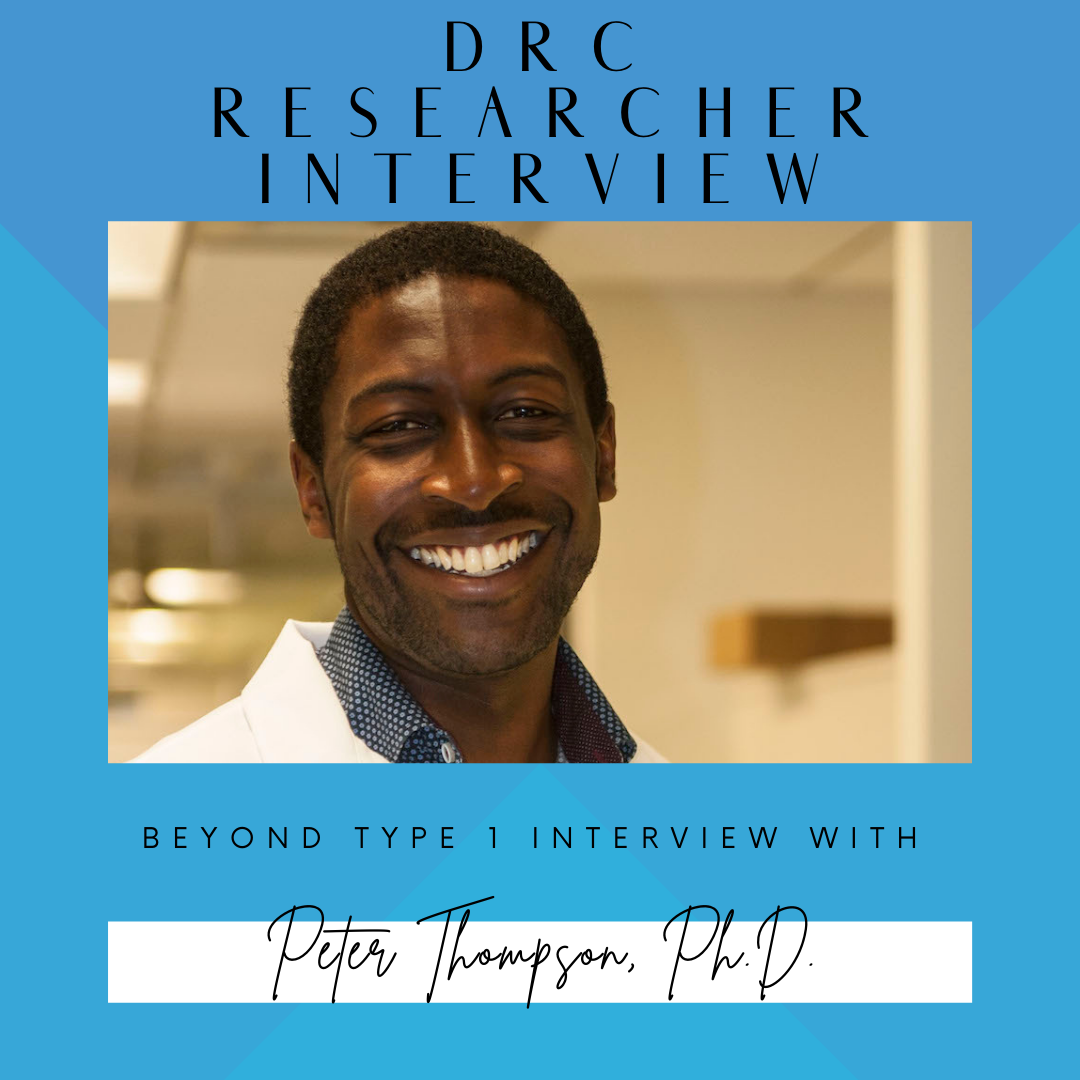
An Interview with DRC’s Fully-Funded Researcher, Peter Thompson, and Beyond Type 1
A couple of weeks ago, one of DRC’s previous researchers, Peter Thompson, Ph.D., spoke with Beyond Type 1, another non-profit organization, about how he became a T1D researcher, the work he did with DRC, and where he is going in his career. Peter worked with DRC in 2017-2018 on a project titled, “Regrowth of Beta…
